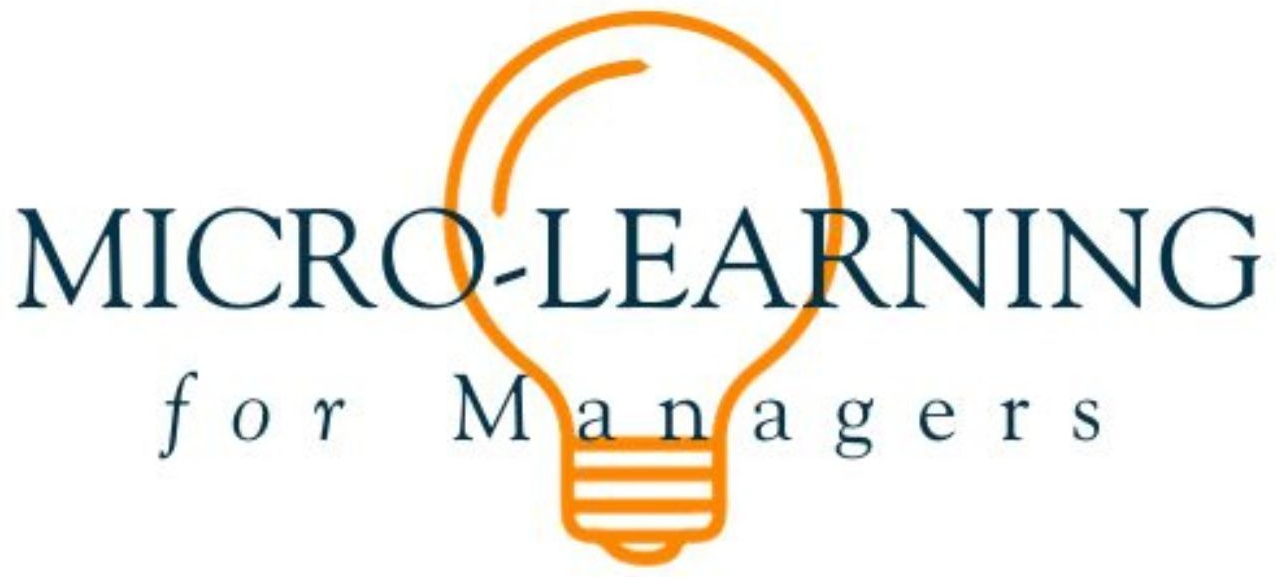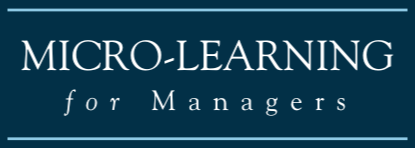At this very moment, employers are facing unprecedented challenges related to the workforce transition now underway. Baby Boomers are steadily leaving for retirement and being replaced on payrolls by Generation Z. The consequences of this shift in demographics are profound and the full impact has yet to be realized. Among the issues most concerning, companies are discovering a widening gap between the skills needed and those present in incoming workers. The unfortunate reality is the forces driving the current situation are destined to get worse and not better throughout the remainder of this decade.
Industries dependent upon skilled labor often struggle to effectively differentiate skill deficiencies from performance deficiencies. In many instances, employees failing to meet performance expectations, actually lack the skills needed for proficiency in the execution of their job. To effectively address both scenarios, a more wholistic approach is needed. Employees must transition from where they are to where they need to be. The tool best suited for enhanced skill development or needed performance shifts is a Performance Improvement Plan (PIP).
A performance improvement plan (PIP) is a tool used by managers to help employees reach their full potential. It’s dependent upon continuous and ongoing communication for the purpose of identifying improvement opportunities and achieving desired shifts in performance. It requires clarity of expectations, alignment with business objectives, and transparent feedback.
As previously stated, most employees entering the workforce today lack the skills needed to meet the performance objectives for the jobs they’re being hired to fill. In many instances, learning & development strategies are outdated, and few address the full spectrum of needs incoming worker now have. Where this scenario exists, a PIP is an ideal resource for growing skills and getting employees up to speed.
A PIP is initiated in response to a recognized need for a shift in performance. Based on an employee’s current state, it’s built for the purpose of helping them transition their performance to a desired future state. As for essential elements in the planning process, the acronym GOAT can be used for guidance and to help frame development of improvement plans.
A goal reflects a desired future state. Where does an employee need to be, by when? The answer to this question forms the basis of a goal statement that must be specific, measurable, and bound by time parameters (SMART).
Objectives outline what it will take to achieve goals or the desired transition in performance. In most instances, objectives can be broken down further into a series of steps required for completion. These additional steps for the basis of action items.
Action items are developed for the specific purpose of completing objectives. In practice, they’re used to translate the what to the how. Essential to achieving desired outcomes in skill development or performance improvement, PIPs must be molecular in detail and result in clearly understood action items.
Tasks are created in relation to daily planning. They’re action items that transition to active tasks in your near-term schedule of activities. At the end of the day, goals are reached by completing tasks required to achieve them. It’s for this reason that periodic reviews involving progress made should focus on completion of prioritized tasks involving critical action items.
Integrating and onboarding the next generation of workers is a task many companies are finding difficult to effectively do. For a variety of reasons, what may have worked in the past, no longer does. At the forefront of challenges organizations face is the need to bridge the ever-increasing skills gap. Where employees lack proficiency in skills needed for their job, performance outcomes are impacted. When this situation exists, an improvement strategy that prioritizes progress, and not perfection is required. The tool most fitting and the one most capable of delivering the desired transition in performance is a PIP. Gaining comfort in using this resource and helping employees see the value in developing them is the key to addressing some of the most complex workforce development challenges we now face.
Microlearning for Managers is a learning & development resource specializing in the 21st century needs of front and midline managers. For additional information about Microlearning for Managers, please visit our website. To gain access to our microlearning course on Performance Improvement Planning, click here.


